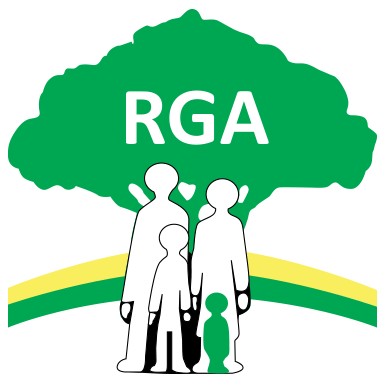Information for Media & Press
RGA UK’s Press Office can be contacted about all news- and media-related matters between 09.00am and 05.00pm between Monday and Friday. If you have a media enquiry please email Media@restrictedgrowth.co.uk. Please note that this service is for journalists only. RGA UK is a volunteer-led organisation – we will strive to respond to your enquiry as quickly as we can.
It is important to stress that in the representation of people with dwarfism in the media, we are not starting on an equal footing with other disability and minority groups. Guse and Harvey in their 2010 paper state that, “whilst society has become more tolerant of diversity and disability, this is not true of dwarfism and other skeletal dysplasias which still cause negative stereotyping and stigmatisation.”1 This is further supported by the 2013 research carried out by Heider et al, which found that the broader cultural stereotypes of people with dwarfism were largely negative and included characteristics such as ‘weird’, ‘incapable’ and ‘creepy’2.
It is from this background that the RGA operates, calling for representations of individuals with dwarfism as people who live normal lives; working as doctors, lawyers, accountants, teachers and shop assistants; enjoying and taking part in the same hobbies and leisure activities as the rest of society; living in families with people of average height or short stature as their partners, husbands, wives, brothers, sisters and children. The RGA actively campaigns against any portrayal that belittles, humiliates, demeans or insults people with dwarfism, or places them in situations whereby their condition is the source of the joke. Evidence clearly shows that such representations serve to fuel, and consequently increase, the abuse and hate crime that is directed towards people with dwarfism.
Whilst there is not universal agreement within the dwarfism community on the most acceptable term to use when describing individuals with dwarfism, the most widely accepted terms are either ‘a person with dwarfism’ or ‘a person of short stature’. The term ‘midget’ is considered to be highly offensive and is akin to the insults ‘nigger’, ‘Paki’ or ‘fag’ and, as such, should never be used in any context.
Historically in the courts of Africa, Asia, Europe and Central America, monarchs sent out emissaries to collect dwarves as trophies to show off in court. Their role was to wait upon and amuse the nobility. Tuan, in his 1984 analysis of the cultural representation of dwarfism3, found that in modern society people with dwarfism are still constrained by this negative historical identity. Any representations of dwarfism that employ notions of subordination, slavery, servitude, inferiority, treatment as a pet or as a source of entertainment, must be avoided as they reinforce antiquated portrayals of the short stature community.
In the late 19th and early 20th century, people with dwarfism were predominantly seen only in sideshows, freak shows, carnivals, ‘midget villages’ and travelling troupes. Any media representations that draw on these historical images of a person with dwarfism as a source of fun or amusement only serve to reinforce negative cultural stereotypes; dehumanising people with dwarfism and reducing them to objects of ridicule.
Given the existing stigmatisation of people with dwarfism, the RGA would always look for a media representation of people with dwarfism as living normal everyday lives; experiencing the same hopes and dreams as everyone else, facing the same challenges, and feeling the same sadness and joy as the rest of society.
The RGA would encourage media organisations to use actors with dwarfism to play the wide range of roles that actors from ethnic, gender, sexual and religious minority groups are now offered. It should not be the case that the only roles offered to actors with dwarfism are those that focus solely on the challenges faced by the short stature community, just as we would not expect actors from ethnic minority groups to only be offered parts exploring issues of racial discrimination.
The media plays an important role in helping to change public attitudes towards people with dwarfism. Media organisations not only have a responsibility to discourage negative portrayals of people with dwarfism, but beyond this they have an opportunity to actively support the work the RGA does in changing the way that short stature is viewed within society. By commissioning positive roles for actors with dwarfism, media organisations can help tackle the problem and can become part of the solution.
Gillian Martin, Chair of RGA
References
1 Guse T & Harvey C (2010) ‘Growing up with a sibling with dwarfism: perceptions of adult non-dwarf siblings’, Disability and Society, Vol.25, No.3, pp.387-401
2 Heider D.H. & Scherer C.R. & Edlund J.E. (2013) ‘Cultural Stereotypes and Personal Beliefs About Individuals With Dwarfism’, The Journal of Social Psychology; Political, Racial and Differential Psychology, Vol.153, No.1, pp.80-87
3 Tuan Y (1984) Dominance and Affection: The Making of Pets. New Haven: Yale University Press
